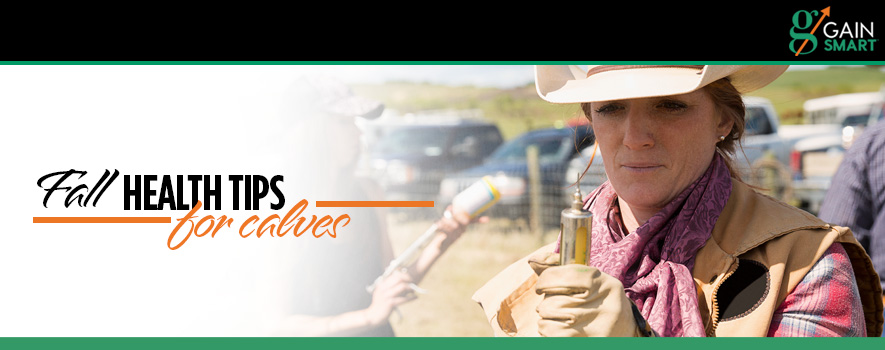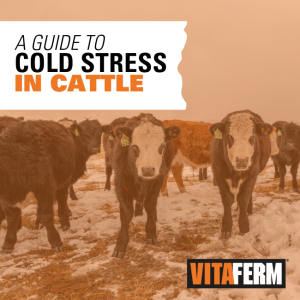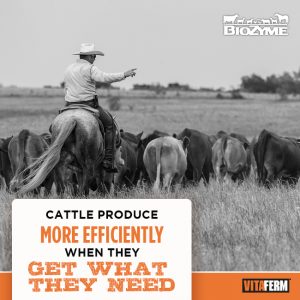
Experience tells us that fall can be a treacherous season for keeping calves healthy. Calves come into the season stout, thrifty and with the expectation of doing well. But changing weather conditions, management systems and nutritional programs can catch the calves off guard and send them into a tail spin of poor health and performance. Planning and implementing a complete program that takes advantage of resources and minimizes stress should be looked at as an investment to more profits and less headaches during the fall season.
Let’s break it down into three segments that can be incorporated into a total management program: 1) animal health and well-being, 2) nutrition and 3) environmental stress relief. If you design a protocol for each of these areas, a system will be implemented that will work in your favor and increase your success.
Animal Health and Well-being
More and more evidence is showing how we handle stock greatly affects their ability to fight off disease and optimize their performance. Low-stress handling has evolved from more than a catchy slogan to a way of designing facilities, handling stock and training staff. Reducing stress is the cornerstone of low-stress handling. Decreasing stress directly increases the ability of the animal to build and maintain immunity levels. Every time you work with cattle you should take into consideration the comfort level of the animals and how you can minimize their agitation, demeanor and soothe their responses to the changes you are asking them to perform. Consult your veterinarian to help you design a proactive animal health program. Their knowledge can be invaluable to updating your current programs with the latest technology and products.
Nutrition
Building a strong nutrition program assures the animal’s body is prepared to metabolically and physically take on challenges and grow at desired rates. Water, protein and energy are needed in proportionally larger amounts than other inputs to build and drive the body. Water comprises more than 70% of an animal’s body. Dehydration is a common sign of sick or underperforming cattle. Amaferm®, a natural prebiotic available in VitaFerm®, Vita Charge® and Gain Smart® products manufactured by Biozyme® Inc., simulates feed and water intake while increasing fiber digestion and nutrient absorption in the GI tract. Studies have shown Amaferm can increase fiber digestion by as much as 17%, improving the efficiency of the rumen and saving producers on their feed bills. Diets fortified with minerals, trace minerals and vitamins continually improve the ability of cows and calves to fight off disease challenges and help them repair damaged tissues. There are times when calves will decrease feed intake in response to stress. Producers should provide greater concentrations of nutrients in animals’ diets when times of depressed intakes can occur. By using diets balanced nutritionally and including feed additives properly, a producer’s investment in nutritional programs can optimize the production of their herds. Feed ingredients should be high quality, fresh and highly palatable for calves. You don’t want to give them a reason to not eat their feed.
Environmental Stress Relief
Not every day is perfect for cattle. Hot, cold, humidity and wind can compromise the comfort of cattle. Simple things like shade in the summer, bedding in the winter and windbreaks to relieve wind chill are effective management decisions. Depending on breed and hair coat conditions, cattle are most comfortable when the temperature is 59 degrees Fahrenheit with low humidity. Once the temperature rises above the mid 70’s they will begin to show signs of heat stress and when the temperature is over 85 they definitely seek heat relief by finding shade and water. As temperatures decline, the effects of cold stress can be experienced. Wet hair coats cause the cattle to lose insulation and increases their energy demand much sooner than dry cattle. Good cattle raisers prepare their facilities, herds and calves to meet the challenges Mother Nature can bring their way.
Summary
Fall is an important and busy time of year. Calf management programs need to be designed to protect, comfort, and nutritionally satisfy the calf’s needs so they can perform at profitable levels. BioZyme has products designed specifically to assist in preparing calves for the challenges they will face and for fast and efficient recovery when times are less than ideal.


